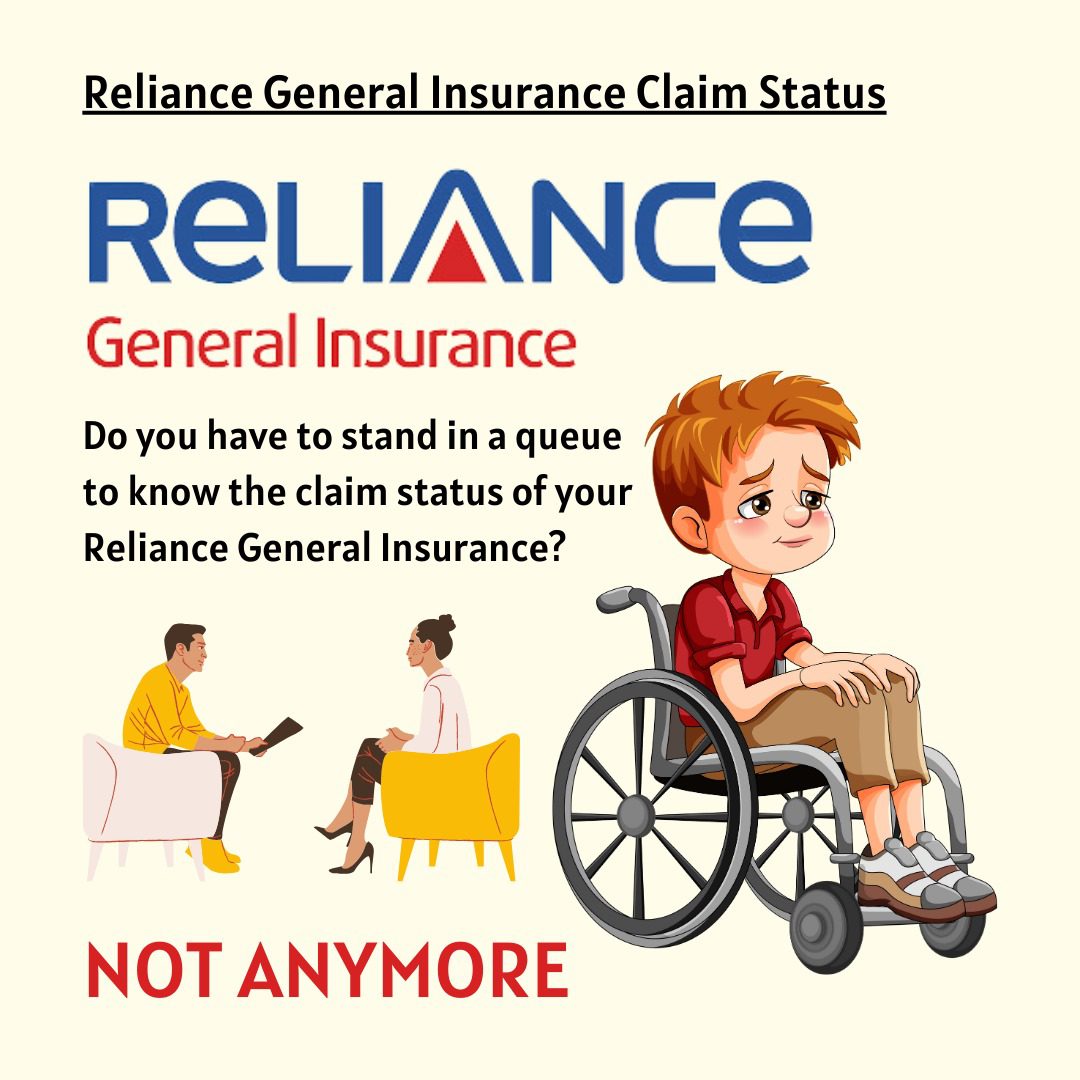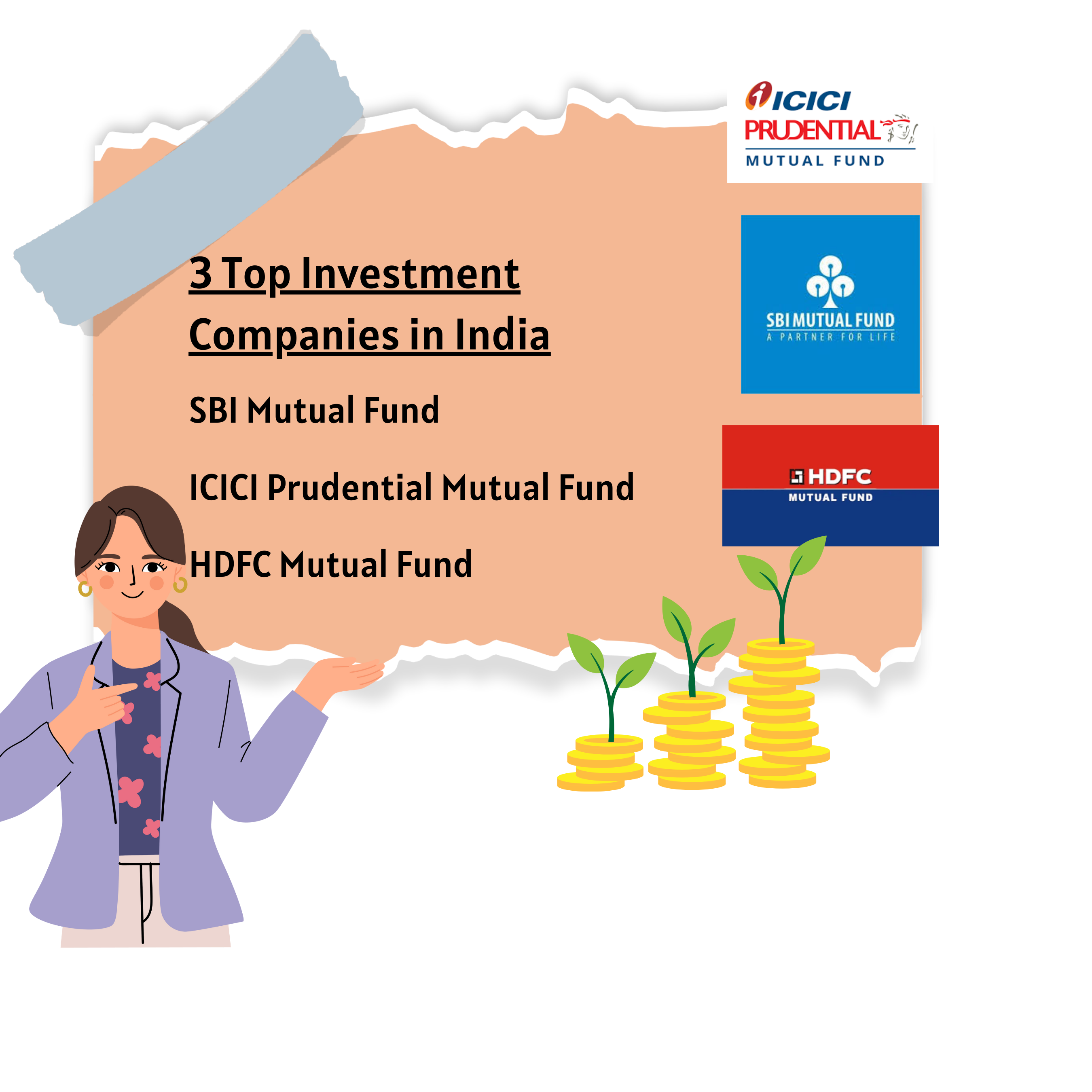Reliance General Insurance Claim Status: How to Check it

Do you have to stand in a queue to know the claim status of your Reliance General Insurance Claim Status? Or go through tons of paperwork? Not really. The era of complex processes is over.
Now, you just need to do a simple check on the website of Reliance General Insurance. In this guide, we’ll show you the easy steps you should take. But before that, if ypu want to take a closer look at what insurance is, click on the linked article.
Reliance General Insurance Claim Status
Here’s the step-by-step process you need to follow:
Cashless Claim Facility Process for Emergency Hospitalization
Step 1: Obtain Pre-Authorization Form:
Upon admission to the hospital, it’s essential to acquire the pre-authorization form promptly. This form is crucial as it serves as an official request for the insurance company to pre-approve and cover medical expenses. Patients need to ensure that this form is accurately filled out and signed by both the attending doctor and the hospital authority. Once completed, the form should be promptly faxed or emailed to Reliance Health Insurance or the Third Party Administrator (TPA). This step lays the foundation for the insurance company to assess the claim and provide necessary approvals.
Step 2: Verification and Signing of Bills:
After receiving the pre-authorization form, Reliance Health Insurance undertakes the responsibility of verifying and signing all the medical bills incurred during the hospitalization. This meticulous process ensures that all expenses covered under the policy are accurately accounted for and duly settled. It’s imperative for policyholders to retain a copy of the original discharge summary and other essential medical reports for their records. However, it’s essential to note that any expenses not covered by the insurance policy must be settled by the policyholder at the time of discharge from the hospital.
Cashless Claim Facility Process for Planned Hospitalization
Step 1: Providing Detailed Information:
Planning ahead is key when it comes to planned hospitalizations. Two days before the scheduled hospital admission, policyholders are required to furnish detailed information regarding their hospitalization plans to Reliance Health Insurance. This includes providing comprehensive details about the planned treatment, estimated costs, and any other relevant medical information. This proactive approach ensures that the insurance company is well-informed and can process the claim efficiently.
Step 2: Authorization and Admission Process:
Upon arrival at the hospital for planned admission, policyholders are required to present the authorization letter and a valid photo ID card to the hospital authorities. The hospital staff will then proceed to fax or email the pre-authorization form to Reliance Health Insurance or the TPA. This step initiates the process of obtaining necessary approvals and ensures seamless coordination between the hospital and the insurance provider. As with emergency hospitalization, policyholders should retain a copy of the discharge summary and other medical reports for their records.
Reimbursement Claim Facility Process for Emergency Hospitalization
Step 1: Prompt Claim Intimation:
In cases of emergency hospitalization, it’s crucial for policyholders to notify the insurance provider about the claim at the earliest opportunity. This can be done by contacting the customer care helpline or sending an email to the designated claims department. Prompt intimation ensures that the insurance company is aware of the situation and can initiate the necessary processes without delay.
Step 2: Settlement of Hospital Bills:
Once the medical treatment has been administered, policyholders are required to settle the hospital bills as per the hospital’s requirements. It’s essential to collect all original bills, documents, and reports pertaining to the treatment received during the hospitalization. These documents serve as critical evidence for the reimbursement claim and must be preserved carefully.
Step 3: Lodging the Reimbursement Claim:
After settling the hospital bills, policyholders need to lodge the reimbursement claim with Reliance Health Insurance or the TPA. This involves filling out the claim form accurately and attaching all the required documents as specified in the claim form. The completeness and accuracy of the claim documentation play a crucial role in expediting the reimbursement process.
Reimbursement Claim Facility Process for Planned Hospitalization
Step 1: Pre-Intimation of Planned Hospitalization:
Similar to emergency hospitalization, policyholders are required to inform Reliance Health Insurance Company or the TPA about planned hospitalizations in advance. This allows the insurance provider to make necessary arrangements and ensures a smoother reimbursement process.
Step 2: Admission and Documentation:
Upon admission to the hospital for planned treatment, policyholders must settle the hospital bills in full as per the hospital’s requirements. It’s essential to collect all original bills, documents, and reports related to the treatment received during the hospital stay. Thorough documentation is critical for ensuring a successful reimbursement claim.
Step 3: Claim Lodgement and Processing:
Once discharged from the hospital, policyholders need to lodge the reimbursement claim with Reliance Health Insurance or the TPA. This involves submitting the claim form along with all the required documents for further processing and reimbursement. Policyholders should ensure that the claim form is filled out accurately and all relevant documents are provided to avoid any delays in claim processing.
How to see if Your Reliance General Insurance Claim Status is “Approved”
Reliance Health Insurance provides policyholders with convenient options to track the status of their claims. Whether online or offline, policyholders can stay informed about the progress of their claims and ensure timely resolution. Let’s explore the available options:
Online Method:
Policyholders can conveniently check the the status of their claims online by visiting the official website of Reliance Health Insurance. By navigating to the ‘Track Claim’ section and providing essential details such as the policy number/claim number and date of admission, policyholders can access real-time updates regarding the status of their cashless claims.
Offline Method:
For those who prefer offline channels, Reliance Health Insurance offers multiple options to track claim status. Policyholders can contact the customer service helpline via phone or email for assistance in tracking their claim status. Additionally, policyholders can visit the nearest branch office of Reliance Health Insurance to inquire about the status of their claims in person. By leveraging these offline channels, policyholders can stay updated about their claim status and seek assistance as needed.
So, to conclude Reliance Health Insurance strives to provide policyholders with a seamless and hassle-free claims experience. By following the prescribed processes and utilizing the available channels for tracking claim status, policyholders can ensure timely resolution of their claims and avail the benefits of their insurance coverage effectively.
What information do I need to check my claim status?
You may need your policy number, claim number, and other relevant details to check your claim status.
How long does it take to process a claim with Reliance General Insurance?
Claim processing times vary depending on the type of claim and its complexity. It’s best to check with Reliance General Insurance for specific timelines.
Can I track my claim online?
Yes, you can track your claim online through the Reliance General Insurance website or mobile app.
What should I do if my claim status shows "Rejected"?
If your claim is rejected, you should contact Reliance General Insurance to understand the reasons for rejection and explore your options.









